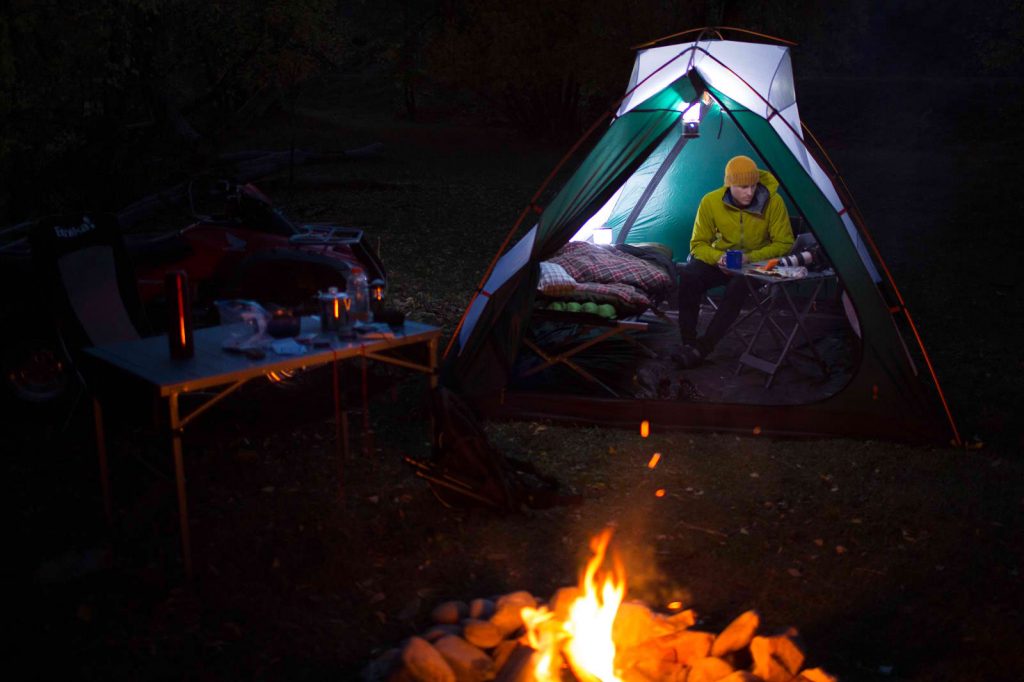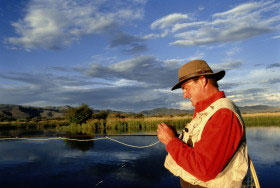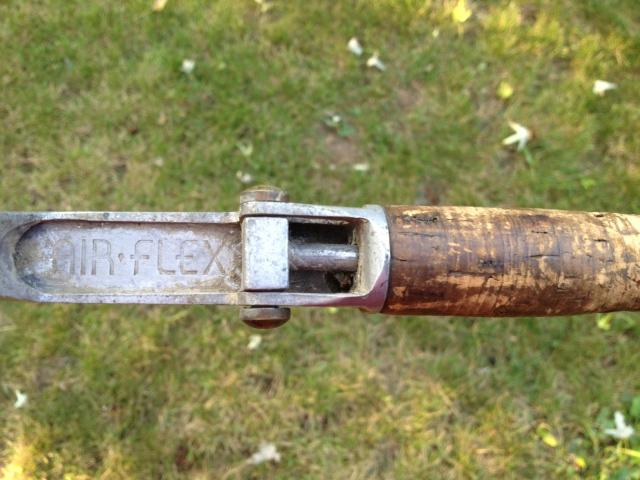Beginners Guide To Surfing - Express The Learning Curve Lesson 1
You must cover the basics when starting out, the first few steps you will need to cover are...
1: Find the perfect beginners board
2: 2nd learn to paddle
3: 3rd learn how to duck dive or roll
4: Next learning how to catch a wave
5: Last of all, you can now learn how to pop up or stand on your board
In this article we will cover the first step, how to choose the right surfboard. Most people like to go out and buy the best looking, and stylish board possible, but these are normally not for beginners.
You can get yourself a brand new surfboard after you got your balance on a big old board. So the first thing to look for is size, you want something with plenty of floatation. If the board is to small it will also sink and create more drag when paddling, the bigger the board, the more floataion you will have, and the bigger you are, the more floatation you will need.
I suggest starting out on a big board first, you will be able to get your balance faster, and then move to a smaller board sooner. Look for something above 6ft 8inches long, 7ft to 8ft is a good starting size. If you intend to ride long boards then you can go much longer look for a Malibu up to around 12 ft.
Your first board can have all the dings in the world, it doesn't matter. You don't need to worry about how it will affect the board, you won't be doing any turns or tricks. While dings don't matter, or what the board looks like, you don't want any foam showing through, or the fiberglass cracked or peeled off. If this is the case you will want to repair it with some resin. Water will soak into the foam and weigh the board down.
The bigest factor in choosing the right board is size, shape and number of fins do not matter at all. These things affect people who will be turning the board more, and you just want to stand up and get your balance, so take no notice of them. Just make sure your surfboard is at least 2 to 3 inches in thickness, and anywhere from 20 inches in width.
Next make sure you get a good leg rope. You have to have a legrope, it will save your life. Stay away from big surf untill you get used to your board, and have some experience. The legrope can fling the board back at you in big swells, but you really should not be out there when starting out anyway.
Don't even try risking it with no legrope, or an old one that could snap. You might try to grap your board whenever you fall off, but it will get away from you. Then you have to try and swim in with the waves crashing on you, it takes a lot more energy swimming in the ocean then in a pool.
Even the strongest of swimmers, will use up a lot of energy and time, trying to reach their board. The surfboard will be light enough for the waves to pick it up and move it away, however you will have to much drag in the water. Besides the obvious danger, of the sweep taking you into a rip, the hassle of swimming into shore will ruin any session, trust me you don't want to be stuck without a surfboard.
Get yourself a brand new leg rope, so long as it is new it should be fine, but the higher the quality the better. You can use this legrope for your next board, don't think it will be wasted on an old board. when choosing a length, the shorter the rope, the less tension it can build up. If you get a really long rope, it can stretch out and spring the board back at you. Just make sure it's long enough for you to stand up the front of the board.
Once you have your big old board, your ready to practice. Read my other articles on how to surf, for the next steps involved. Then grab a mate and head out, its always wise to go with someone else in case you get into trouble.
Water Sports And Surfing In California
What Is Anonymous Surfing


